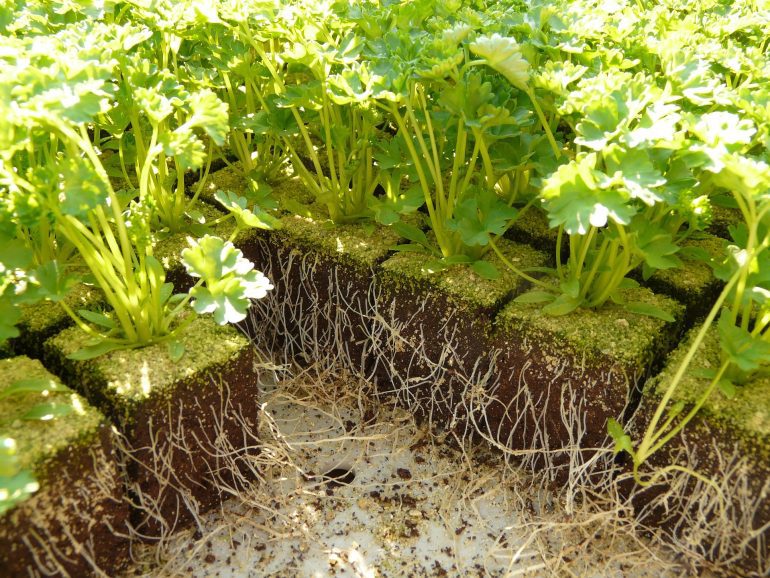- Salk Institute scientists utilize AI tool SLEAP to optimize plant root systems for carbon storage.
- SLEAP’s integration streamlines the analysis of plant root phenotypes, accelerating research.
- Collaboration between Salk Fellows and plant scientists enhances understanding of genetic markers for desirable plant traits.
- SLEAP’s efficiency surpasses traditional methods, enabling rapid processing of root system data.
- The development of the sleep-roots toolkit further enhances SLEAP’s accessibility and applicability across various plant species.
- Integration of phenotype-genotype data holds promise for deciphering the genetic basis of desirable traits.
- SLEAP’s impact extends beyond academia, with potential applications in space exploration.
Main AI News:
In the battle against climate change, the imperative to remove carbon from the atmosphere has been underscored by the Intergovernmental Panel on Climate Change (IPCC). Recognizing this urgency, scientists at the Salk Institute are leveraging the innate capacity of plants to absorb carbon dioxide. Their focus lies in optimizing root systems to enhance carbon storage over extended periods, thereby combating global temperature escalation.
At the forefront of this endeavor is the Harnessing Plants Initiative, where researchers employ a cutting-edge tool named SLEAP. Developed by Salk Fellow Talmo Pereira, SLEAP originally targeted animal movement tracking but now finds application in the realm of plant science. Collaborating with Professor Wolfgang Busch, Pereira has adapted SLEAP to analyze plant root phenotypes, a task once laborious and time-consuming.
In a recent study published in Plant Phenomics, Busch and Pereira unveil a novel protocol for utilizing SLEAP in analyzing various root characteristics, such as depth, width, and overall mass. This integration of SLEAP has facilitated the creation of an extensive catalog of plant root system phenotypes, a milestone in plant science advancement.
By correlating physical root traits with genetic markers, the Salk team identifies genes crucial for optimizing plant designs. This interdisciplinary collaboration underscores Salk’s commitment to pioneering research that transcends traditional boundaries.
Before SLEAP, analyzing plant and animal traits demanded arduous manual labor, impeding scientific progress. However, SLEAP’s fusion of computer vision and deep learning techniques has streamlined the process, eliminating the need for painstaking pixel-by-pixel analysis.
Elizabeth Berrigan, the study’s lead author, emphasizes the accessibility and efficiency of SLEAP, which remains unaltered despite the development of a supplementary toolkit called sleap-roots. This toolkit enables SLEAP to process root system data swiftly and accurately across various plant species, including crucial crops like soybeans and rice.
Furthermore, the integration of phenotype-genotype data holds immense promise for deciphering the genetic basis of desirable traits, such as deep root systems critical for carbon retention.
Professor Busch lauds SLEAP’s versatility and ease of use, envisioning its indispensable role in future research endeavors. The software’s impact extends beyond academia, with potential applications in NASA’s space exploration missions.
Driven by a commitment to accessibility and collaboration, Pereira’s team aims to enhance SLEAP’s capabilities further, including analyzing 3D data. As SLEAP continues to evolve, its role in Salk’s Harnessing Plants Initiative remains pivotal in combating climate change through innovative plant engineering solutions.
Conclusion:
The utilization of artificial intelligence in optimizing plant engineering for climate resilience marks a significant advancement with far-reaching implications. By streamlining the process of analyzing and enhancing plant traits crucial for carbon storage, SLEAP and its associated toolkit not only accelerate scientific research but also hold promise for revolutionizing agricultural practices. The market can anticipate increased demand for AI-driven solutions in plant science, with potential applications ranging from sustainable agriculture to environmental conservation efforts.

